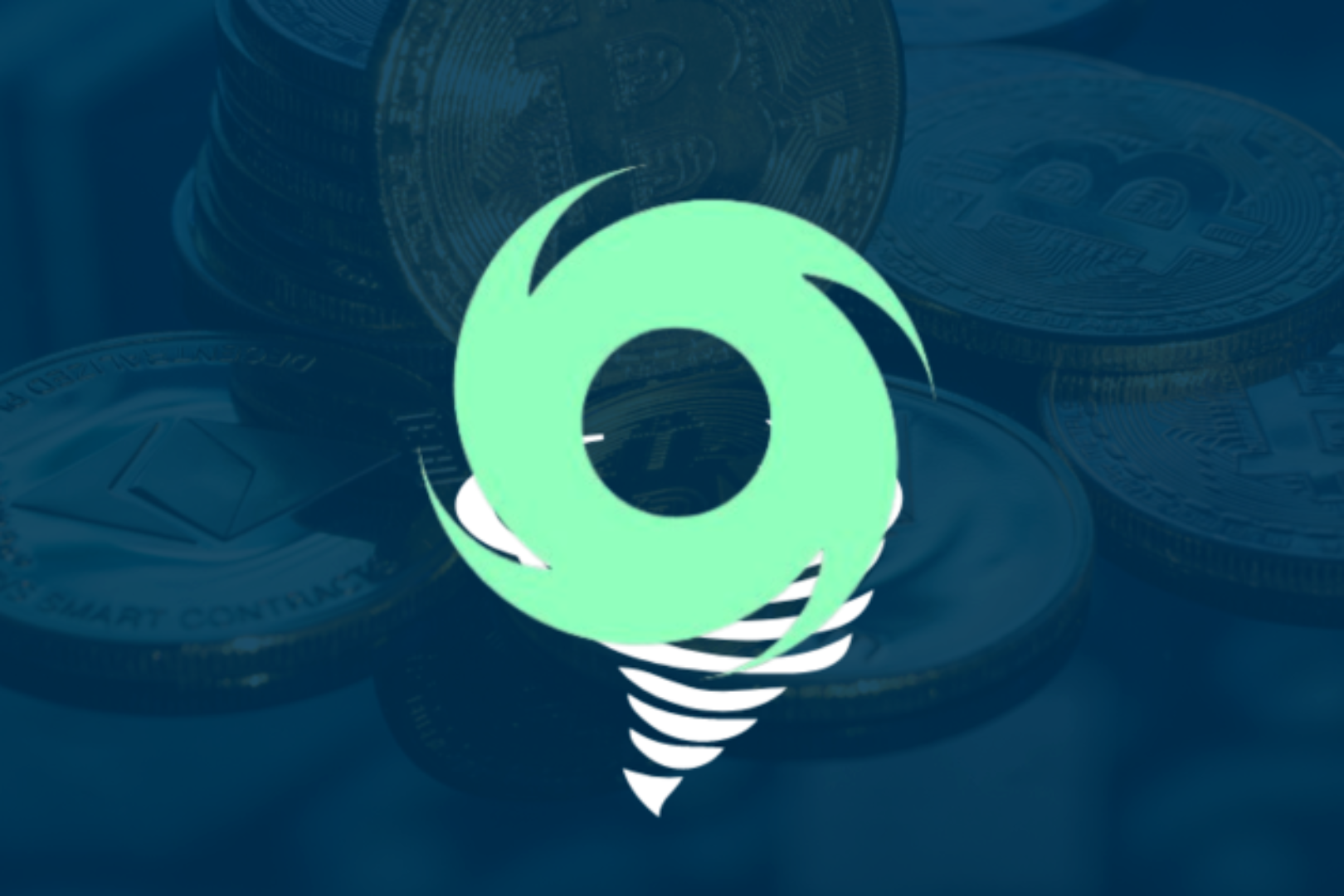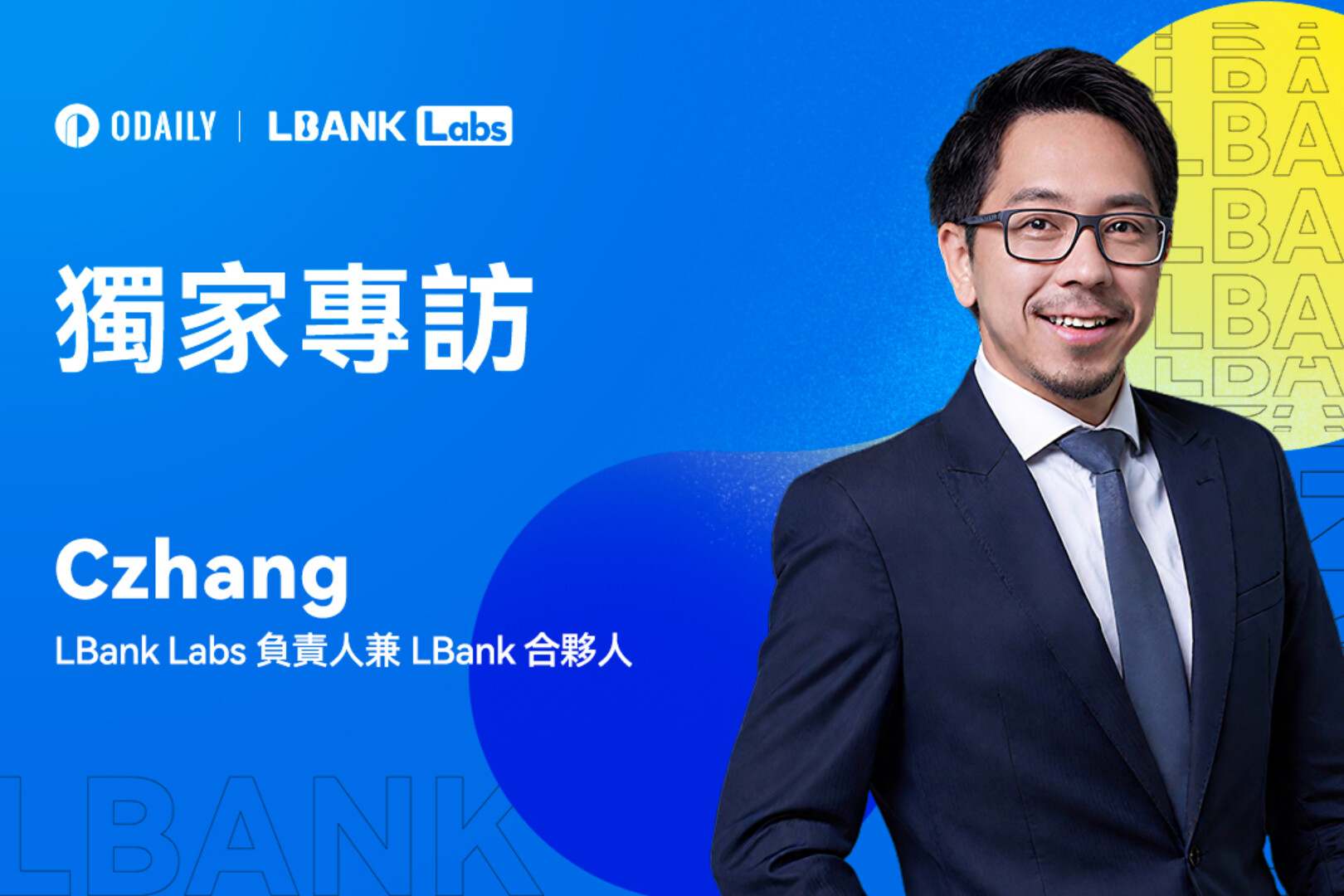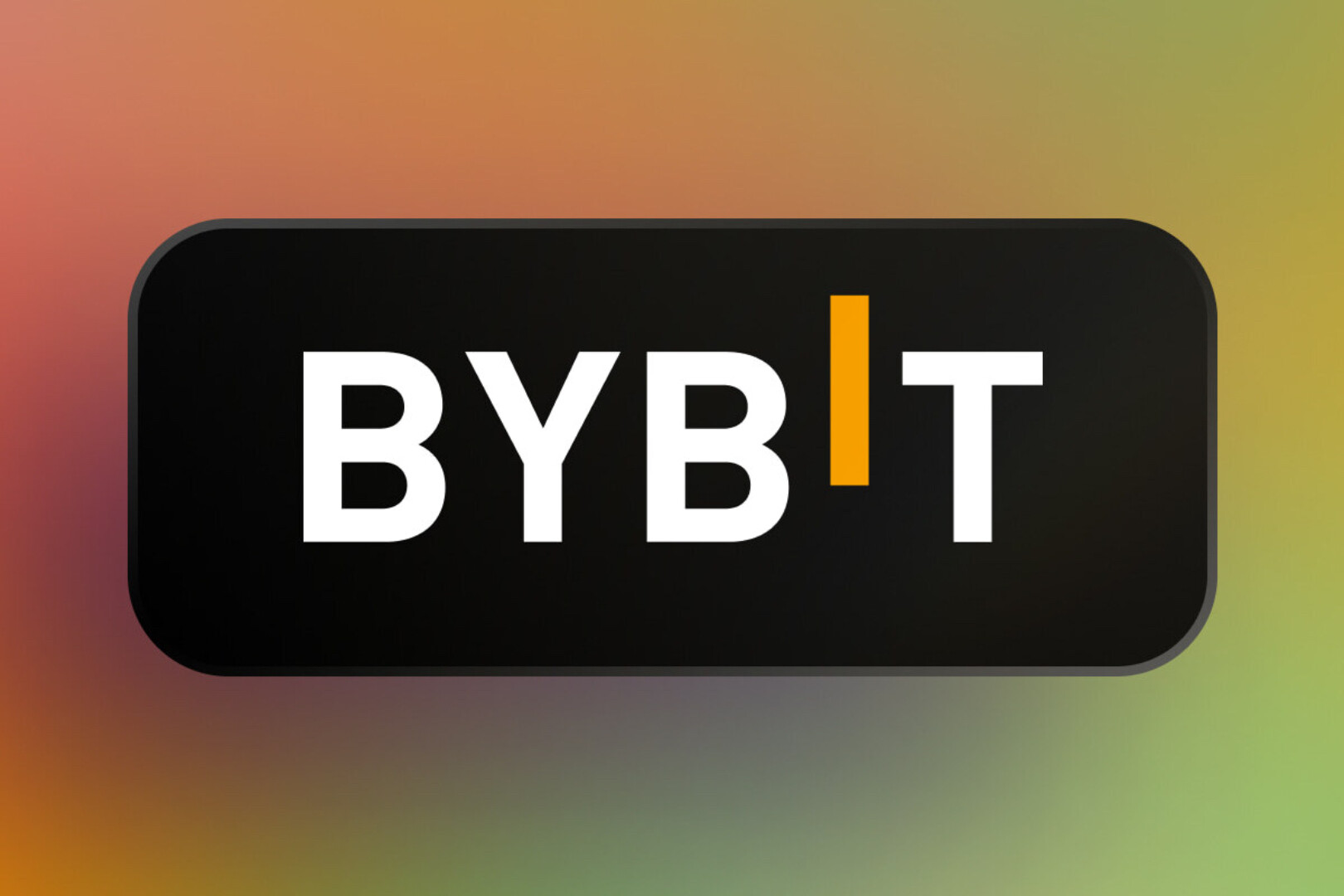
As the largest blockchain technology community in China, "Crypto Geek" has successively invited top overseas projects such as Polkadot, Dfinity, Cosmos, Tezos, and Algorand to share online with the community, which has aroused comparison in the domestic blockchain circle. The great response has also been praised by many colleagues.
At present, there are more than 5,000 technicians in the password geek community, and more than 120,000 community members.
On September 1st, we invited Dr. Akiba, the chief economist of Coinversation Protocol, the first synthetic asset protocol on Polkadot. Dr. Akiba is a Ph.D. in economics from the United States. His main research field is macroeconomics, including currency, finance, and exchange rates. The research focuses on cryptocurrencies, and is committed to exploring the fundamental changes that cryptocurrencies have brought to traditional economic theory.
Dr. Akiba chatted with everyone in the community about the characteristics of Defi and the synthetic asset protocol Coinversation. Crypto Geek specially organized this speech.
At the same time, Crypto Geek is very grateful to partners such as TokenClub, imtoken, Polkadot community, Blocklike, Jinse Finance, Bihu, Distinguish, Mars Finance, Lianwen, Polkabase, Bipu, Bajiute, and Lianhe Lab. The full support of this Coinversation online sharing.
The following is the full text of Dr. Akiba’s sharing:
Hello everyone! I am Akiba. Today we mainly briefly introduce our project, which is also the first synthetic asset protocol on Polkadot and the Coinversation Protocol, a decentralized contract exchange.
Just now our host has roughly introduced the content of the white paper, so I will give you a more comprehensive overview now.
Everyone knows that in the past few months, the two most popular fields in the entire currency circle are DeFi and Polkadot. Both related currencies have risen a lot, and Coinversation Protocol is a DeFi project built on Polkadot, which can be said to be very suitable for the occasion.
Many people now think that DeFi is just some decentralized financial projects that have emerged on Ethereum, starting around the beginning of 2019. But in fact, there was a project called BitShares in 2013. This project was proposed by the well-known EOS founder BM. He initially thought that Bitcoin was only suitable for huge settlement payments, so he proposed the concept of BitShares and wanted to split it into small shares, so this is an earlier DeFi than the current DeFi on Ethereum. But in my opinion, all the so-called DeFi now can only be called DeFi in a narrow sense, and the current DeFi is more like a field in the entire cryptocurrency circle.
In a broad sense, Bitcoin is essentially a DeFi. We know that the Chinese translation of DeFi is decentralized finance, and the foundation of finance is currency. As a decentralized currency, the birth of Bitcoin itself is the birth of DeFi, so the real source of DeFi starts with Bitcoin. In other words, the entire cryptocurrency field is DeFi in a broad sense, and the so-called DeFi projects we now call are just a small part of this field. Anything that meets the following three characteristics is DeFi. The first feature is decentralization, without a centralized entity, or without any third-party intermediary. The second feature is that KYC is not required, which means that no user authentication is required. The third feature is anti-censorship, which means that no one can control any transaction between two parties. All financial transactions that meet these conditions can become DeFi.
We can divide DeFi into several types. The first type is currency issuance. In traditional finance, currency is issued through the central bank, while in cryptocurrency, currency is issued through POW or various POS. The second area is payment and transactions. In traditional finance, it is cash or bank transfer, in DeFi it is cryptocurrency, such as Bitcoin, Litecoin, and Ethereum. The third type is lending, which is a bank in traditional finance. In DeFi, there are projects such as MakerDao and Compound. The fourth type is asset transactions. In traditional finance, asset transactions are exchanges, such as Shanghai Stock Exchange and Shenzhen Stock Exchange. In DeFi, it is DEX, the so-called decentralized on-chain exchange. The fifth type is investment and financing, which is embodied in banks, investment banks, securities firms, etc. in traditional finance. In DeFi, it is reflected in ICO. All of these types can be called DeFi in a broad sense, while the third and fourth types, lending and DEX, can be called DeFi in a narrow sense.
However, the popular DeFi projects on the market now, such as so-called liquidity mining projects such as Sweet Potato, Uncle’s Family, and Sushi, are actually very limited. Most of them are doing things like drumming and spreading flowers, which are similar to pyramid schemes in essence. It is equivalent to saying that you pledge a coin, such as A, for liquidity mining, and it will give you a new coin B. Then came a new project, let you pledge into AB, and gave you a new currency called C. Then let you pledge into ABC again, and give you another D. Until the game can no longer be played and no one takes over.
Of course, even if there are huge problems in many DeFi projects, it cannot be denied that the entire DeFi industry still has many high-quality DeFi projects. For example, MakerDao, a decentralized lending project, is the largest and earliest DeFi project on Ethereum. It generates the stable currency Dai by mortgaging eth. Currently, as a decentralized stable currency, Dai is the third largest in the entire currency circle, second only to the two centralized stable currencies USDT and USDC. In addition, there are DEXs such as Uniswap, which are also good DeFi projects.
What our Coinversation Protocol wants to do is firstly a synthetic asset issuance platform, and secondly a decentralized contract exchange. The so-called synthetic assets do not actually hold real assets, but any asset in the real world can be virtualized through smart contracts, and then they are contracted and traded. We know that traditional centralized exchanges have many problems, such as security issues and transparency issues. That is to say, when you trade on a centralized exchange, whether it is a spot exchange or a contract exchange, you need to host your coins on the exchange. If it is stolen or the exchange runs away, you will be let Investors suffered heavy losses. Exchanges may also misappropriate users' coins for short selling to manipulate the market. Therefore, a decentralized exchange was born on the basis of traditional centralized exchanges to solve these problems.
However, there are also problems in traditional decentralized exchanges. The biggest problems are transaction speed, transaction depth and liquidity. The decentralized contract exchange included in the Coinversation Protocol can solve these problems. That is to say, through the design of the mortgage pool, users mortgage our token CTO or Polkadot DOT to generate synthetic assets, and after generating synthetic assets, the proportion of user loans to the debt of the entire system is certain, and then we pass this certainty The ratio to calculate the user's profit and loss. The advantage of this is that there is no need to have a counterparty, and there is no need to consider the depth of the transaction. And only the tokens of our project can get transaction fees. That is to say, our tokens are like the shares of the entire project, and token holders are like shareholders of a company, who can get dividends from the transaction fees generated by the exchange. So Coinversation Protocol is a truly viable decentralized exchange, and it has a very clear profit model. We are very confident that this project can develop well.
The following is a summary of the dialogue between Dr. Akiba and members of the password geek community and guests after the speech:
Host Irene (Marketing Director of Crypto Geek): Okay, thanks to Dr. Akiba for his in-depth explanation. I believe everyone has a more in-depth/concrete understanding of DeFi and Coinversation Protocol. Then let's move on to the second part of today's sharing, please invite Peckshield brand director Mr. Hao Tian to our live broadcast room.
As the brand director of Paidun, Mr. Hao Tian is also a senior industry expert. The "Chain View" (WeChat ID: liansg01) column he runs is also very in-depth and has many followers. Then, let’s invite Mr. Hao Tian and Dr. Akiba to start today’s DeFi dialogue.
Hao Tian (PeckShield brand director): Hello everyone, I am PeckShield PeckShield Hao Tian, thank you for the invitation of password geeks. It was also a pleasure to meet Dr. Akiba. I am here to do Luye today, and I am fortunate to have such a simple communication with Dr. Akiba.
We are a blockchain security company, mainly engaged in security audits for the blockchain industry, including public chains, mining pools, exchanges, digital wallets, and DeFi smart contracts, and some anti-money laundering digital asset tracking related businesses. Recently, the entire market is paying attention to DeFi, and many of the DeFi projects that everyone is concerned about are our customers. For example, the early MakerDAO, the recently popular Aave, YAM Little Sweet Potato, and sushiswap, which is skyrocketing today.
It should be said that as a security company, it is quite difficult to audit DeFi projects and face responsibilities and pressures. Because the security of the DeFi protocol is very important, these assets are stored on the chain, exposed to the eyes of hackers, and easily attacked by hackers. For users, once they participate in a certain DeFi platform, their losses after the platform is attacked are almost irreversible.
We are the first security company involved in the DeFi field. We have a deep understanding of the underlying code and business logic of different DeFi products. I remember that the earliest DeFi security incident we participated in was a governance contract that occurred on MakerDAO in 2019. Loophole, the DeFi market was still small at that time, and it was basically played by some geeks. And now DeFi is a household name. Many new leeks are here, and this wave of DeFi market has made a lot of money, so many people have once again experienced the enthusiasm of the bull market. According to a recent data, the daily trading volume of uniswap has surpassed the Coinbase exchange, how crazy is this. You can see that projects including Huobi and OKEx are frantically listing DeFi projects recently, which is enough to prove that they are very anxious.
We often jokingly say that security personnel have opened their eyes and have a God’s perspective, because they can perceive potential loopholes at the first time, and can also be the first to discover some high-quality projects through the code layer. This wave of DeFi market is completely The Ethereum public chain has become popular. Many people see it and worry about not being able to get on the bus. But I personally think that the DeFi model is the best experimental soil for the application of blockchain technology. The Ethereum public chain is only the first to eat crabs. Many subsequent public chains, especially Polkadot with better performance, deserve more attention.
Well, let’s get down to business, after listening to Dr. Akiba’s wonderful sharing above, I would like to ask a few questions.
The first question is why coinversation is a contract exchange instead of a spot exchange like uniswap? Uniswap is a phenomenal product. For a long time in the past, we have complained that DeX has no trading volume, because the order book model is considered too inefficient, and Uniswap innovatively adopts the algorithmic trading pool model to solve this problem. question.
Where is our starting point for contract exchanges? I would like to ask Dr. Akiba to answer this question.
Dr. Akiba: Uniswap is a DEX project on Ethereum. We know that the ecosystem of Ethereum is already very complete, so it already has many ERC20 tokens, and all of these tokens can be connected to Uniswap. That is to say, to be a spot exchange, you first need to have many standardized tokens that can be accessed. But we know that the Polkadot ecology is still in its infancy, and there is no standardized token protocol on Polkadot. It is currently impossible to have many tokens or tokens on Polkadot, so if we do spot exchanges, we There will be a problem that no currency can be listed on the exchange.
But if it is a contract exchange or our way of synthesizing assets, this problem is perfectly solved. Because I just said that synthetic assets do not actually hold the corresponding assets in reality, but generate virtual synthetic assets through collateral. So in theory you can generate any asset through a smart contract, whether it is cryptocurrency, stock or gold, or even anything can be virtualized into a synthetic asset. This is why we are doing this Coinversation Protocol instead of a spot exchange like Uniswap.
Hao Tian: Let me ask the second question, what is the difference between the contract trading model of Coinversation (minting agreement) and the automatic market maker (amm) of uniswap? I would like to ask Dr. Akiba to talk about it in detail.
Dr. Akiba: This question is very good, because no matter whether it is our trading model relying on mortgage pools or the automatic market maker model on Uniswap, it does not need to consider the depth of the transaction, nor does it need to consider whether there is a counterparty. problem, so comparisons between the two can indeed be made.
Let me first briefly talk about what the so-called automatic market maker on Uniswap means. Assuming that the current price of Ethereum is $100, that is to say, one Ethereum is equal to 100 stablecoins Dai. In Uniswap, there is a so-called asset pool, that is, there are both Ethereum and Dai in this pool, and the ratio of the quantity of Ethereum and Dai is the ratio of their prices. In other words, if there are 1,000 Ethereum in it, you need to have 1,000×100 or 100,000 Dai. The principle of the automatic market maker (amm) is to keep the product of the number of Ethereum and the number of Dai constant. That is to say, no matter how much Ethereum you buy, the product between the two must be constant. Suppose now you want to use Dai to buy an Ethereum, and after you buy an Ethereum, there will be less Ethereum in it, and it will become 999. How much Dai do you need at this time? It is 1,000 times 100,000 divided by 999, and then subtracting the original amount of 100,000 Dai in it is the actual amount of Dai you pay. In this way, you can calculate that the Dai you need is not exactly 100, even if the current price of Dai is 100, but the Dai you need to pay is actually 100.1. That is to say, your actual purchase price of Ethereum will be slightly higher than the price of Ethereum in this market, which is the so-called slippage. Slippage means the difference between the price at which an asset was purchased and its true market price.
Uniswap has such a slippage problem, and the more Ethereum you buy, the greater the slippage will be, the higher the deviation from the real price, and the more expensive the purchase price will be. Obviously, if there are more assets in the pool, that is to say, the more liquidity provided in the pool, for example, if there are 100,000 Ethereum and 10 million Dai in the pool, the product will be very large. At this time, if you only buy one Ethereum, we calculate the amount of Dai you need according to the algorithm just now, which is very close to 100. That is to say, its price is very close to the Ethereum market at this time. price up.
The contract transactions in our Coinversation Protocol can do without the need for counterparties and regardless of the depth of transactions. The principle is completely different from that of automatic market makers. We have adopted a mortgage pool model. The so-called mortgage pool means that after you mortgage our token CTO or Polkadot DOT, you will generate a certain amount of cUSD, which is the stable currency in the Coinversation Protocol. Its currency price is fixed at $1, and the synthetic assets of the entire system are denominated in cUSD. Now suppose there are two users, each generating $50,000 in cUSD. Assume that user A simply holds cUSD, and user B exchanges $50,000 of cUSD into bitcoin synthetic assets. Because everyone borrowed $50,000 at the beginning, the debt of the entire system is $100,000, and both A and B have a 50% debt ratio. The essence here is to assume that the debt ratio is always constant, that is, the debt ratio is determined when you forge synthetic assets.
Now suppose that the price of Bitcoin has increased by 50%, that is, the $50,000 Bitcoin held by B becomes $75,000, while the stable currency held by A is still $50,000. Because the contract transaction is a 0-sum game, the assets of the entire system increase, which means that the liabilities of the entire system also increase equally. So now the liability for the whole system becomes $50,000 plus $75,000, which becomes $125,000. Since we stipulate that the respective debt ratios of A and B are constant, their respective debts now become 125,000 divided by 2, or $62,500. Finally, we can calculate that B's profit is $12,500, while A's loss is $12,500. At this time, we can find that A did nothing, but lost money. In other words, simply holding a stable currency is equivalent to automatically becoming a counterparty to someone who is long on Bitcoin.
The advantage of our approach is that because there are only two people, A and B, in the example I just gave, it seems that A did not do anything, but lost money. But when there are a lot of people trading in our entire system, there must be people who are short Bitcoin and people who are long Bitcoin. At this time, the profit and loss will be infinitely close to the real world profit and loss. That is to say, if you simply hold cUSD, you will not lose a lot because others are long Bitcoin, because there are always people who are short Bitcoin. As long as our trading volume reaches a certain scale, it will be infinitely close to the real profit and loss ratio of real assets. However, the automatic market maker model of Uniswap, no matter how big the liquidity pool is, there will definitely be a certain amount of slippage.
Hao Tian: Good. Dr. Akiba's explanation is too detailed, thank you. Let me ask the last question, because everyone knows that Ethereum is really too congested now, and the gas fee is abnormally high. Many users with small funds find that mining is not worthwhile. For example, you invest $1,000 in mining , and then the handling fee alone will cost one or two hundred dollars, and the handling fee is very scary. In addition, there are some projects that may not be able to maintain a sustained rate of return.
Now mining, if you are not sure about some good projects, the risk is still very high. This is fundamentally because the current carrying capacity of Ethereum is limited. Here comes my question, what are the advantages of doing a project like Coinversation on Polkadot compared to Ethereum?
Dr. Akiba: Yes, your question is actually equivalent to the liquidity mining projects I just mentioned. It’s like beating drums to spread flowers. It’s definitely not cost-effective for people with small funds. It’s essentially a big business. A game where funds are split among retail investors.
Now let’s talk about the advantages of doing this on Polkadot over Ethereum. As you mentioned just now, Ethereum is slow, the network is very congested, and the handling fee is very high. This is what Polkadot has compared to Ethereum. Ethereum has a great advantage, that is, the TPS it originally supports is much larger than Ethereum. Now Polkadot can theoretically reach a TPS of around 2000~3000, but Ethereum’s is probably around 20, so there is already a 100-fold gap in TPS alone.
Secondly, Polkadot naturally supports cross-chain. It is an asynchronous cross-chain architecture, which means that it can only run one application on one chain, and make one chain specifically for one application. If we use a dedicated chain, it will not be as congested as on Ethereum. Ethereum is a main chain on which all applications run. As long as one application is very blocked, all other applications will be unable to play. Polkadot perfectly avoids this problem, which is somewhat similar to the concept of sharding in Ethereum 2.0. But we know that Ethereum 2.0 sharding may take two or three years to actually be made. So at this step, Polkadot is already ahead of Ethereum 2.0.
Finally, there is a very important point. As I said at the beginning, in addition to DeFi hotspots, Polkadot is also a very big hot spot, so Polkadot already has a good foundation for the community. No matter what kind of project you do, the success of the project itself is definitely related to the success of which chain is used.
We feel that doing this project on Polkadot has a bright future.
Hao Tian: This question is quite exciting, let me ask again, we know that Ethereum can have such an effect at present, because there are already many defi projects on it that have accumulated for three years or more, including high-quality projects such as makedao/compound . The defi project that is emerging now can inherit some of the liquidity of Ethereum, including some users. Polkadot, as a project whose mainnet has just launched, does not have a foundation like Ethereum. Will there be some obstacles for Coinversation to do on Polkadot?
Dr. Akiba: Yes, there must be some difficulties in the early stage. Just like many development projects on Ethereum, there is already a lot of accumulation in the early stage. Different projects may also be related to each other and depend on each other. of. Just like Compound, if there is no MakerDao, it may not be able to do it. But we can be very pleased to see that although Polkadot is in its infancy, many DeFi projects have already started, some of which may have started last year, and they have made some achievements this year.
So in general, we are still very optimistic about the DeFi track on Polkadot. And from the perspective of our own project itself, because we are a synthetic asset, as I said when I answered the first question just now, we are not a spot exchange, so we don’t need too many other projects to Provide us with some liquidity, because as long as we use our own tokens or Polkadot DOT, these two tokens are mortgaged, we can generate any synthetic assets. So we don't need to rely too much on other projects, or on other ecology. So I think our project can still be done in the early stage. Thank you Hao Tian for your question.
Moderator: Okay, thank you very much for the wonderful dialogue between the two teachers today, then we will leave a short period of time for interactive Q&A at the end. If you have any questions, you can directly post your questions in the group, and our staff will collect and screen them Dr. Akiba will answer. Next we enter the Q&A session:
Audience question 1: I would like to ask, how to participate in the coinversation project?
Dr. Akiba: Regarding the issue of when the token will be issued and when it will be launched, which everyone is concerned about, because our sharing in this event today is mainly about the introduction of the project itself, as well as the introduction of DeFi, so today we will not introduce too many issues about tokens. Friends who are concerned about our token issuance, you can pay attention to our official account later. Our official account is Coinversation Protocol, and related articles will be published after the official account.
Audience question 2: Can you introduce the general background of the project team?
Dr. Akiba: In my own words, I am a doctor of economics who studied in the United States. I am responsible for the design of the main economic model of our team and is the chief economist of the team. Our technical development, operation and product teams are composed of members from first-tier technology companies such as Alibaba, Ant Financial, and Google. More than 70% of the team has a master's or doctoral degree, and there are also technicians with more than ten years of development experience and early developers of Ethereum.
Audience question 3: What are the recent plans and main work of the team?
Dr. Akiba: At present, our team has completed the white paper and website (www.coinversation.cn). Some of the code we've written over the past few months will soon be uploaded to GitHub. Development and product polishing are still the focus of the current work. I hope that everyone will have a good experience when using our products in a few months. After that, we will continue to update the progress of our project on our official account.
Moderator: Time flies very fast, and today our online sharing is coming to an end. Thanks again to the two teachers for their wonderful sharing and dialogue.
- thanks for reading -
Crypto Geek
Only for Technological Innovation





